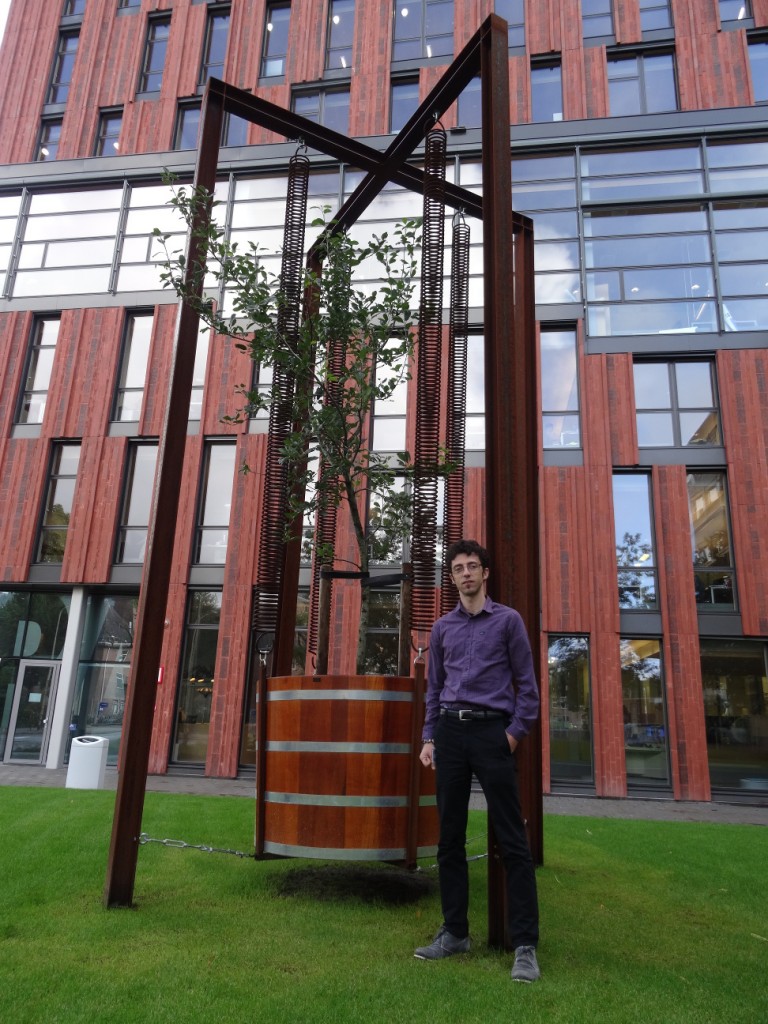ERIBA welcomes a new PI: Dr. Marco Demaria
ERIBA is proud to announce the arrival of a new PI: Dr Marco Demaria. Dr Demaria obtained his PhD at the University of Torino, Italy, under the supervision of prof. Valeria Poli. In Poli’s lab, he characterized the role of the transcription factor STAT3 as a master regulator of cancer cell survival and metabolism. Fascinated by the hypothesis that senescent cells present in the tumour microenvironment can promote cancer progression through protein secretion, he joined the laboratory of prof. Judith Campisi at the Buck Institute for Research on Ageing, California USA, in the summer of 2010. There, he used a newly developed mouse model to navigate through the complex phenotypes of senescent cells, and showed both positive and negative roles of cellular senescence in different physiological and pathological context. He also started to be interested in therapeutic approaches to target the negative aspect of senescent cells. He joins ERIBA from September 2015 as the Principal Investigator of the laboratory “Cellular Senescence and Age-related Pathologies”.
The Demaria lab is interested in understanding how different molecular phenotypes of cellular senescence are induced by different stimuli. The research will be focused on characterizing how senescent cells can promote age-related pathology, including cancer. Cellular senescence is a complex tumour-suppressive mechanism induced by many different stresses. Senescent cells are characterized by growth arrest, changes in morphology and gene expression, and the secretion of inflammatory cytokines, proteases and other molecules that can alter the tissue microenvironment (a phenomenon termed the Senescence-Associated Secretory Phenotype or SASP).
For reasons still unknown, the number of senescent cells increases with age, and the cells are evident at sites of numerous age-related pathology and pre-cancerous lesions. Recent results show that life-long elimination of senescent cells can prevent the development of certain age-related pathologies in a mouse model of segmental accelerated ageing. This strongly supports the idea that senescent cells can be harmful. In contrast, the SASP might have a beneficial effect during tissue repair by promoting collagen degradation and differentiation of myofibroblasts. Thus, there is the possibility that senescence has a function in ensuring early life fitness (wound healing), but may have harmful side-effects later in life (ageing and cancer promotion). Using the skin as the reference tissue and a wide array of primary cells and mouse models, the lab will investigate the differences between beneficial and deleterious effects of cellular senescence with the long-term goal to develop new therapies for the prevention of age-related diseases and cancer.
Back to previous page





